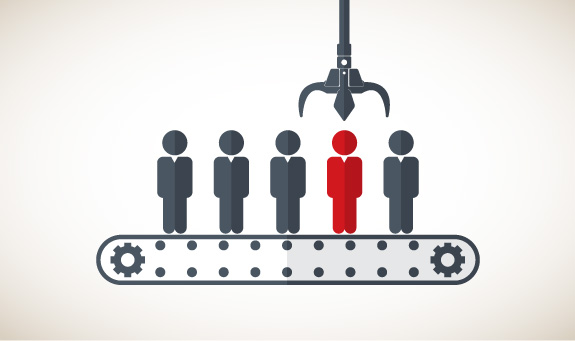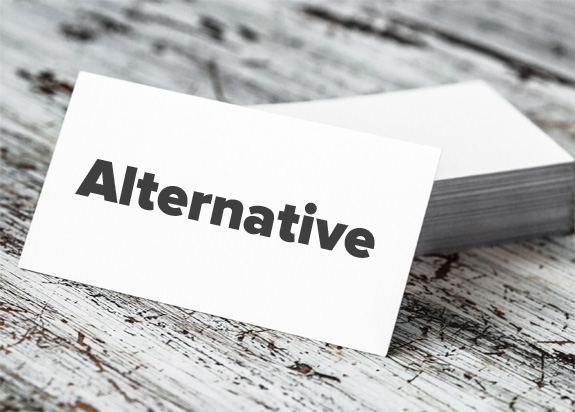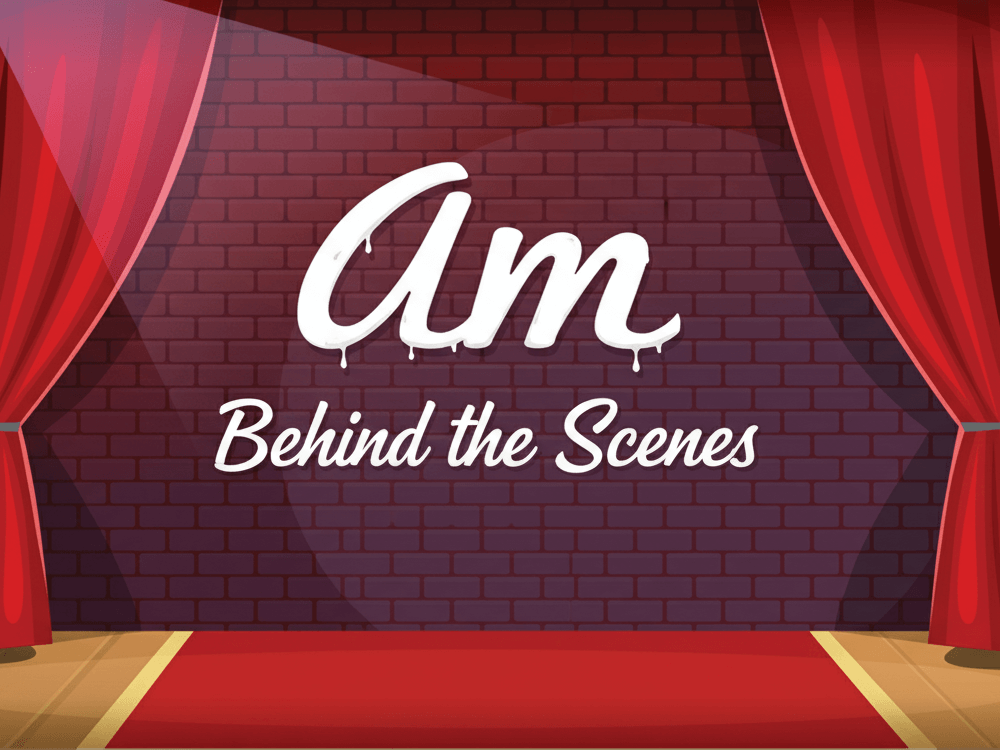Have you ever given someone a business card and never heard back from them? That’s actually quite common. What if I tell you that I have a business card alternative that will get you a response almost 100% of the time.
Yes it is possible, and I have been using this power networking trick for the last 3 years.
In my career, I have attended hundreds of conferences and collected at least several thousand business cards.
From the whole conference networking, I identified few areas which were causing the breakdown in communication as it pertains to business cards:
- Human Business Card Dispensers – This is a group of people who wants to trade business cards for no obvious reason. This just adds clutter.
- Memory Overload – If you had a lot of short conversations and collected several business cards, then it’s very likely that you will not remember why you collected half of the business cards that you did.
- Fail to Follow Up – Since you don’t remember half the people, and you get back home to a ton of work that you need to catch up on, you forget to follow up with the other half of the people as well.
- Lack of Urgency – Let’s say that you did follow up, but the other person didn’t respond. This usually happens because either you were the business card dispenser, the other person had memory overload, or they got slammed when they got back, and your communication didn’t need an immediate response.
Admittedly, I have been on both ends of the 4 business card communication issues above.
I read tons of articles about conference networking tips, but it wasn’t until I had this aha moment that led me to discovering this power networking tip.
While traveling to an event, I realized that I forgot to pack my business cards. This led me to coming up with this business card alternative.
I decided why don’t I just do what we do in real life with friends when exchanging phone numbers.
I can have the other person type their email in my phone, so I can send them a short personalized message right away, and this way they will have my information as well.
By doing this, I accidentally ended up solving all the business card problems that I mentioned above, and I became more efficient and better at networking.
Why does it work so well?
Being Selective

I wasn’t giving out business cards to people that I didn’t need to and more importantly didn’t want to. What do I mean by that?
Well, usually when you exchange business cards with someone in a group setting, there are others who may ask for it too even if they don’t need it. That’s a classic rookie mistake on their part.
But you normally don’t say no to their exchange request because you don’t want to come off as a rude person.
This causes you to fall into the business card failure cycle because now you have 4 cards when you only needed 1, and at the end of the day you have to try to remember which was that important connection that you wanted to get in touch with.
However when you’re sending a personal email to an individual, I will bet you that not one person in the group will say can you send me that email too…
Because one that takes extra courage, and two they realize it has nothing to do with them.
Second, you wouldn’t normally send someone a personal email if you absolutely didn’t need to whereas you aren’t as selective when collecting business cards.
Overall, this technique forces you to be more efficient.
Forced Social Reciprocity
Now when you send someone an email in front of them and show them that it’s sent, you’re almost guilt-tripping them into responding back.
It’s natural that they will pull out their phone, say they got the message, and even respond to it or favorite it right away.
Very similar to what you do when you’re exchanging phone numbers with a friend. One person gives a miss call, then the other person immediately adds that number in the contact to show social reciprocity.
This forced social reciprocity allows me to get a response almost 100% of the time.
Note: I use the word almost because I don’t recall anyone not responding, but I don’t want to count on my memory now that I’m 25 🙂
Also since not many people use this technique, it makes you more memorable in the other person’s eyes and helps you foster a good relationship going forward.
Business Card Alternative
I have gotten to a point that I don’t even carry business cards in my wallet. If someone wants to connect, I do one of the two things:
- Either take their card and say I’ll be in touch (about half the time I follow up).
- Send them an email immediately if it is something that is of mutual benefit and needs my immediate attention.
Am I saying business cards are bad? Absolutely not.
They have their purpose and are quite handy when you have your own booth at a conference, or if you’re in an older industry (i.e accounting, finance or real-estate).
So yes I do have business cards, and I do try to carry some in my laptop bag. But I no longer need my business cards, and I almost always use the techniques above because they help me get better results and consequently save the planet as well.
Next time you’re at a networking event, instead of giving out your business card try the technique above. I bet you that this business card alternative will get you better results every single time!
If you liked this article, then please consider following me on Twitter and Facebook where I share tons of other useful resources






S.BALKHI U R doing good
best regard n wishes for you
Thank you
In India, Most of the people still don’t use emails or they check email like once in 3 months :D.
Is there any alternate suggestion for this ?
India is one of the most populated country in world 🙂
Thank you for this wonderful tip bro
In invite people I want to follow up with to connect on LinkedIn, then when I communicate with them I already have an audit trail. I used to use Cardmunch which scanned the cards and used OCR to put them into LinkedIn but it doesn’t seem to exist any more.
Hi,
What do you typically say in your email?
My emails are very personalized and short. Since I have so many projects, I intro myself as the one this person is familiar with. Here’s an example:
Subject: Met at [Event Name] OptinMonster guy
Body:
Hey [First Name],
Lets talk about how I can help promote [the person’s product name] more.
Another example email that I sent to a person that I met at an after-party.
Subject: Syed we met at ASE – friend of [Mutual Contact Name]
Body: Blank
Another example email that I sent to an artist that I met at the airport:
Subject: Met at the airport YouTube guy
Body: Let’s chat
If you can see the trend above, I customize my message to what we have chatted about and I feel will be easy for the person.
As I’m sending the email, I show it to the other person what I’m sending them — because the whole idea is that we can carry the conversation after we leave.
Thank you syed for this great tips. E-mail looks more personal and will be given an extra care by the receiver.
Nice tip dear.
I think possibilities are endless if you exchange emails instead of physical cards. For businessmen it would be much easier to push that contact to CRM for future reference and follow up.
I have just made a new list in MailChimp…will definitely test it out.
Fahad,
I don’t think you should move new contacts into an email list because that’s not what they opt-ed in for. I almost always mark those emails as SPAM and it leaves a bad taste for future dealings.
Great advice Syed, I’m defo going to try this as I forget who what why after events.
Definitely give it a try Mike. This is an absolute game-changer.
Great advice Syed, I should have read this before Socailboom 😉 Seriously though really great practical tips. Thanks for sharing.
Hah yup but you can definitely use it next time 🙂
Awesome tips, Syed.
Thanks 🙂